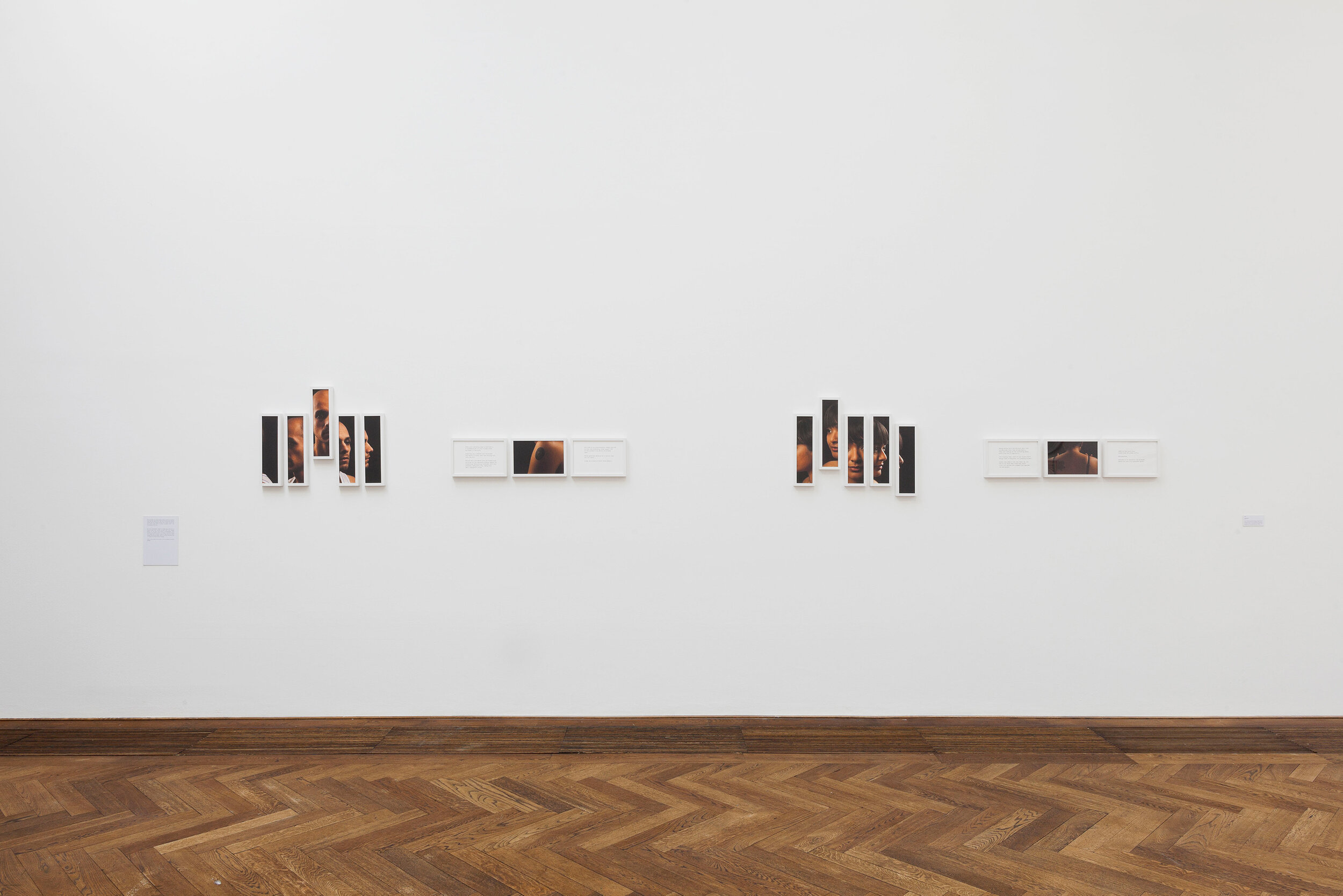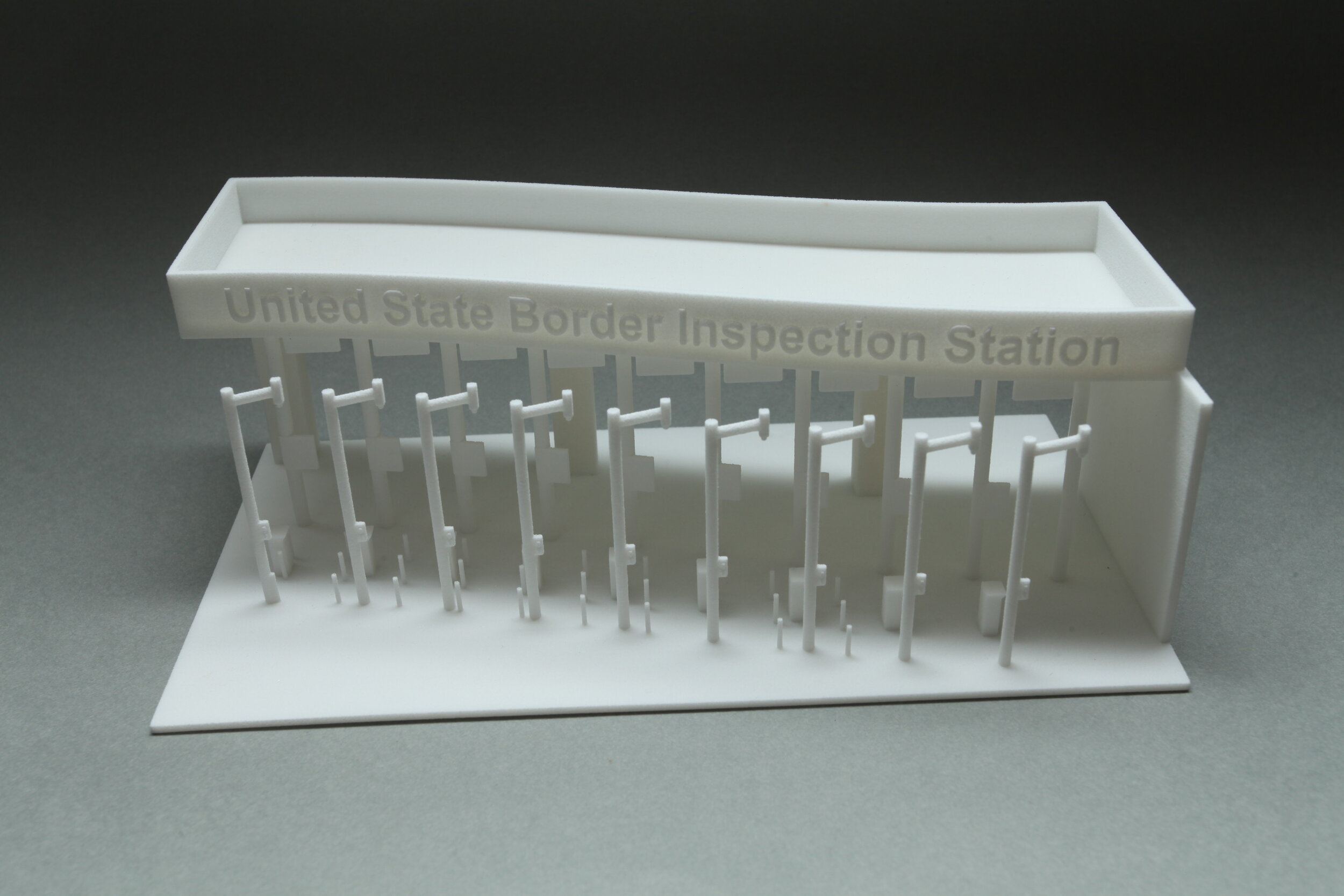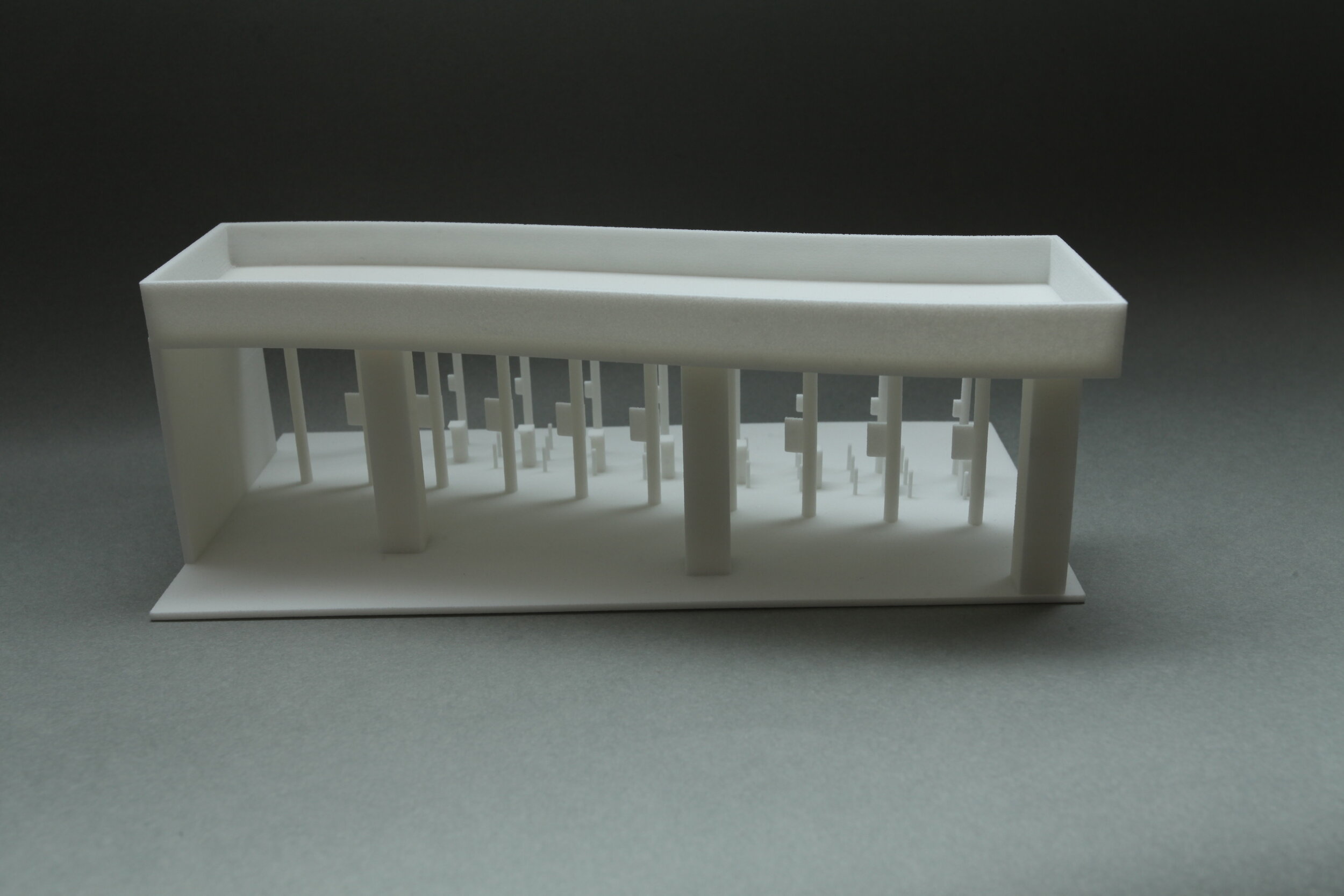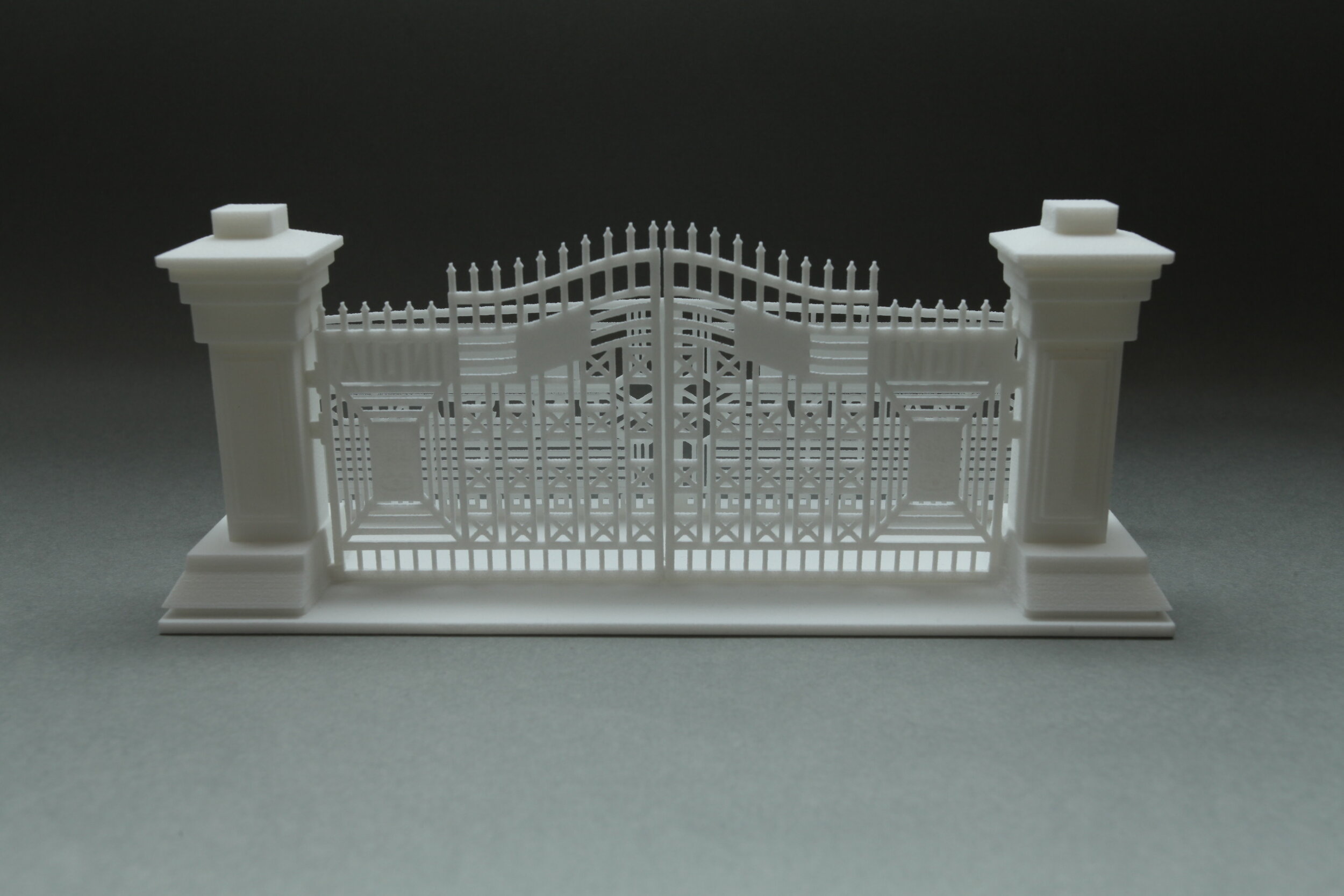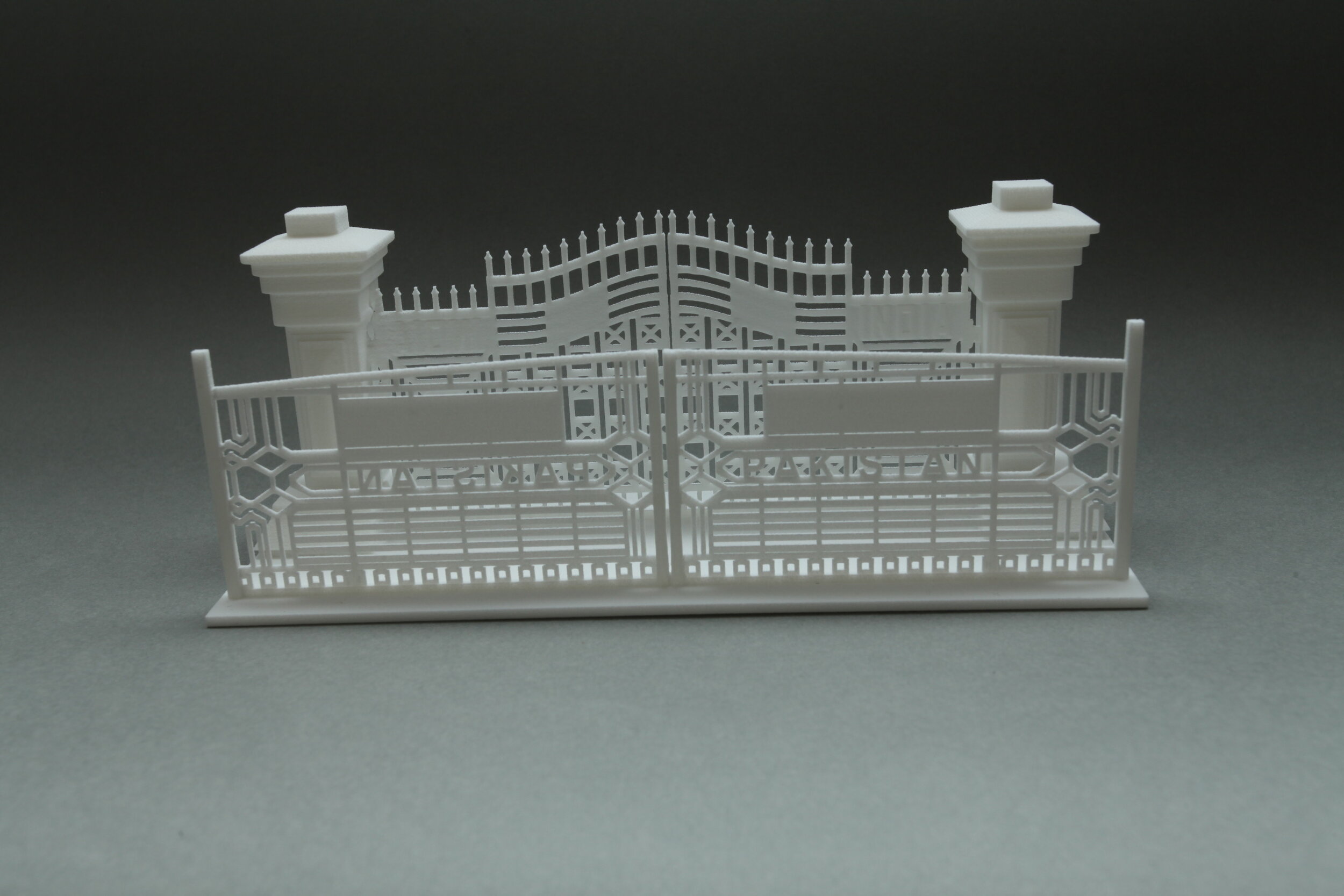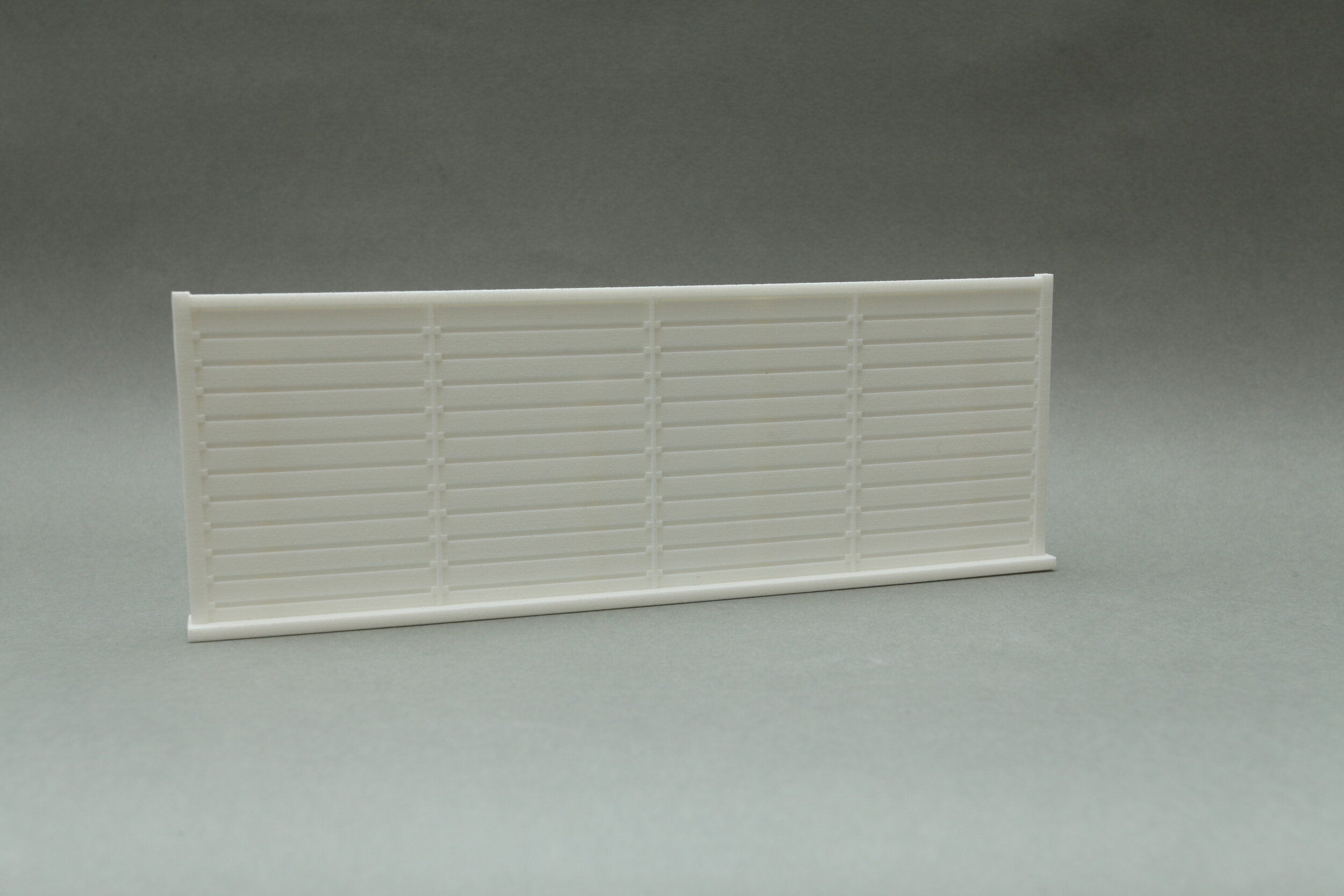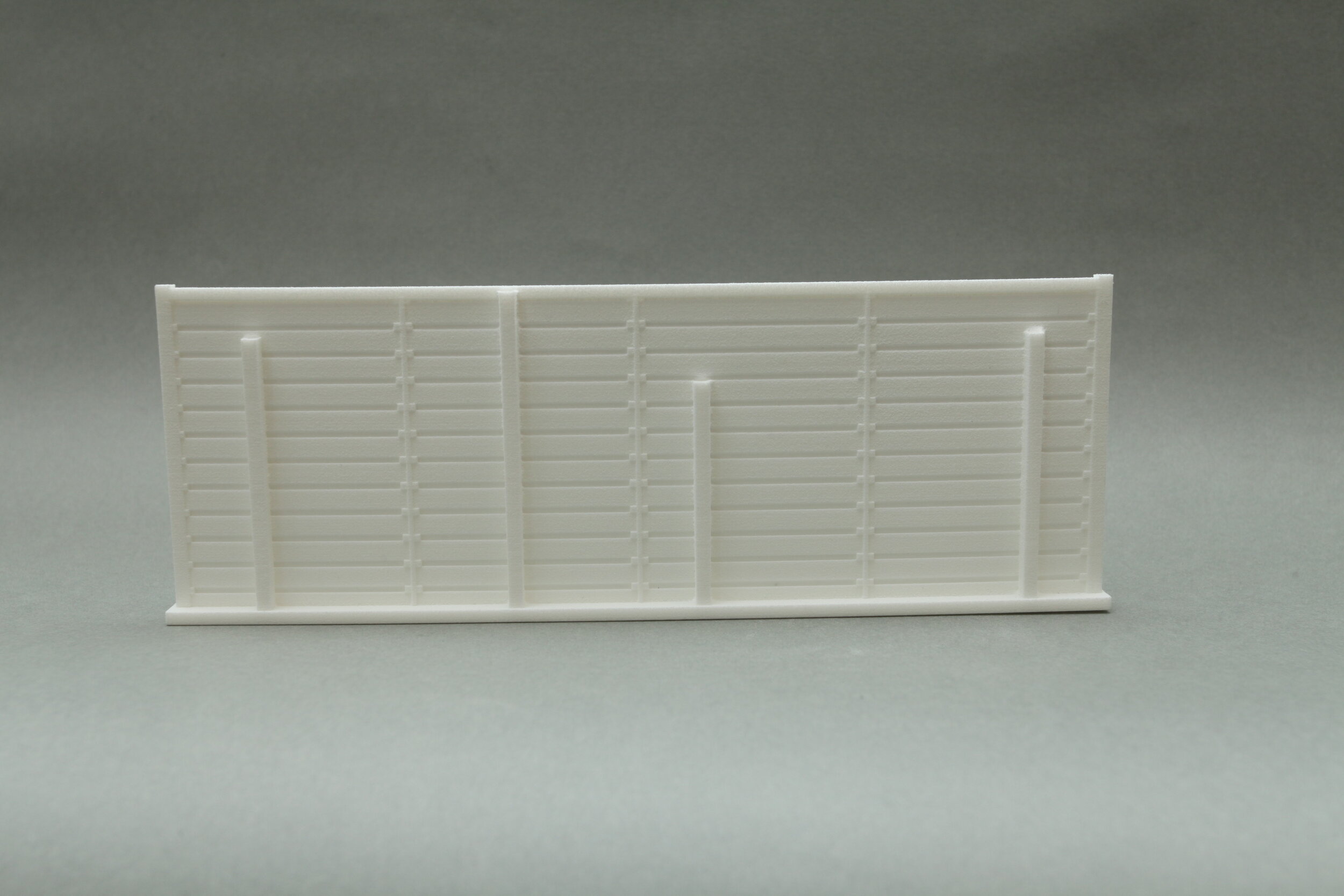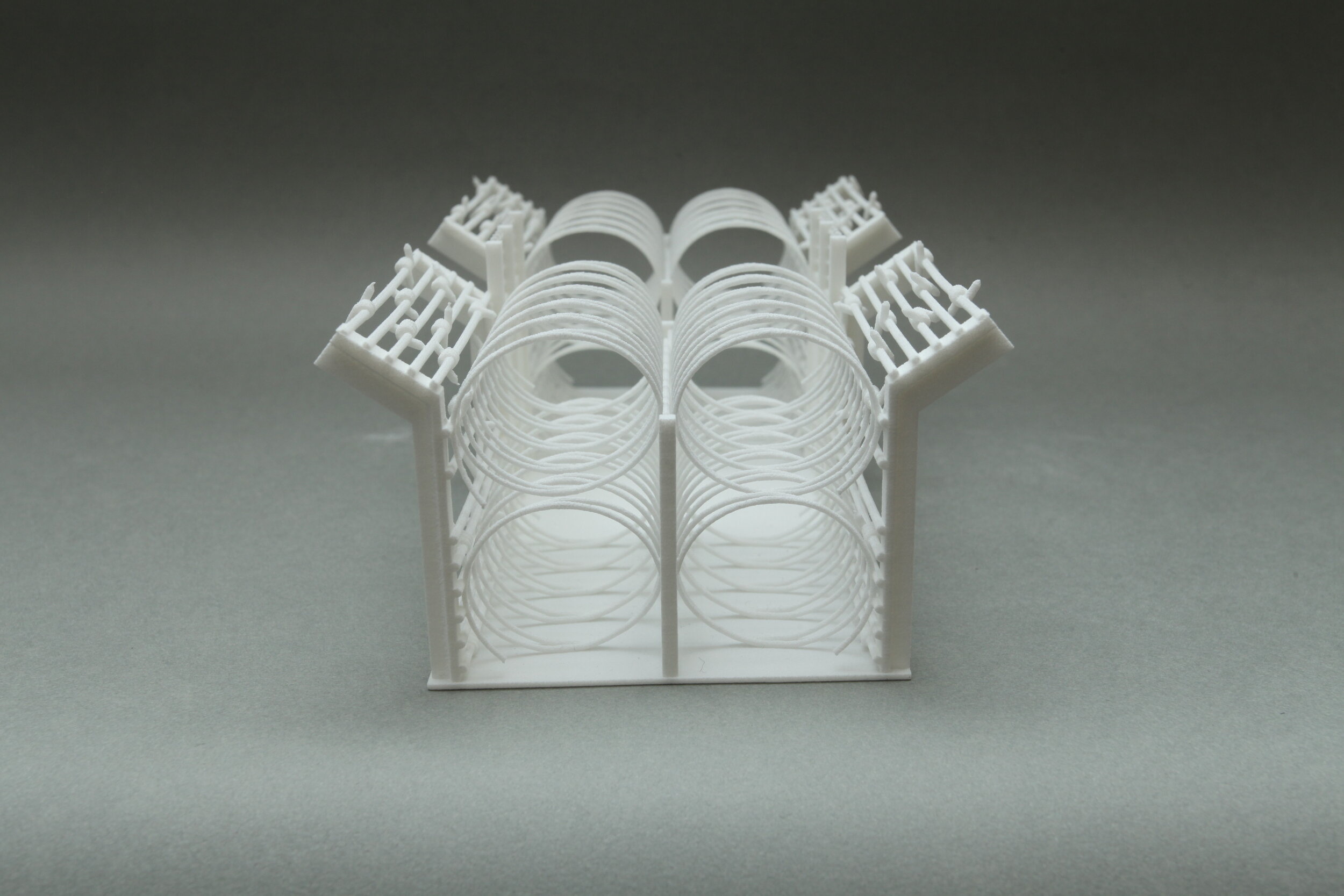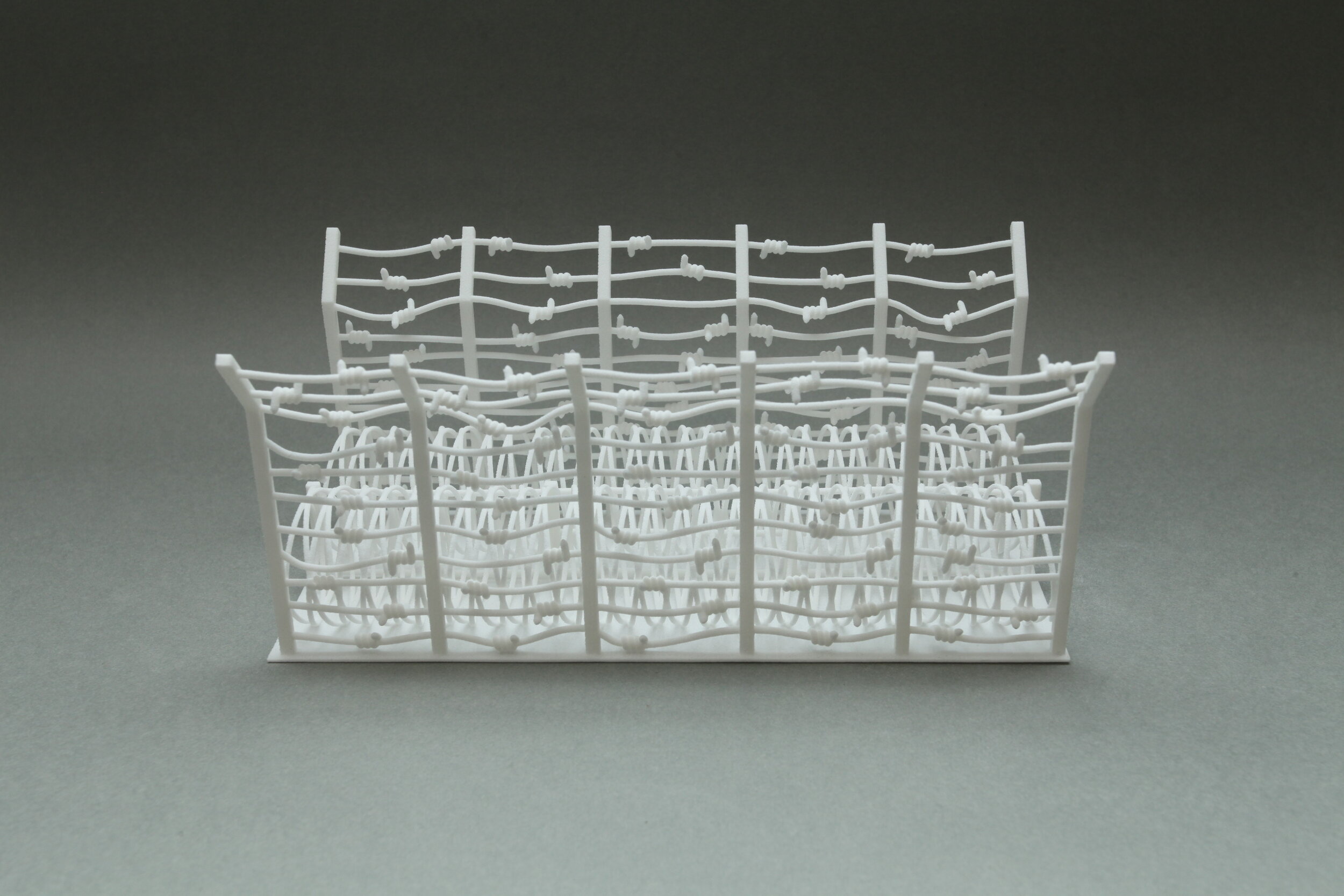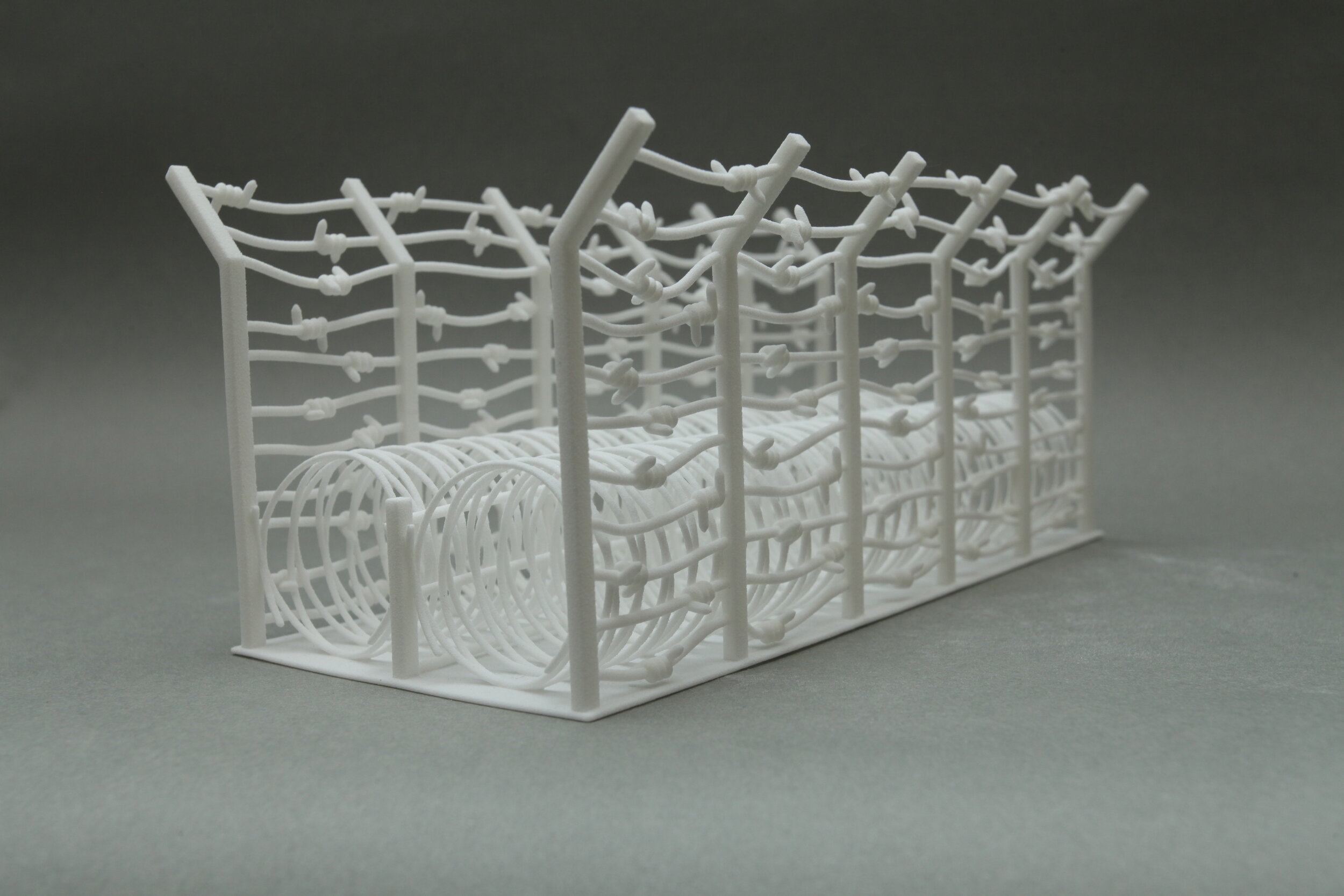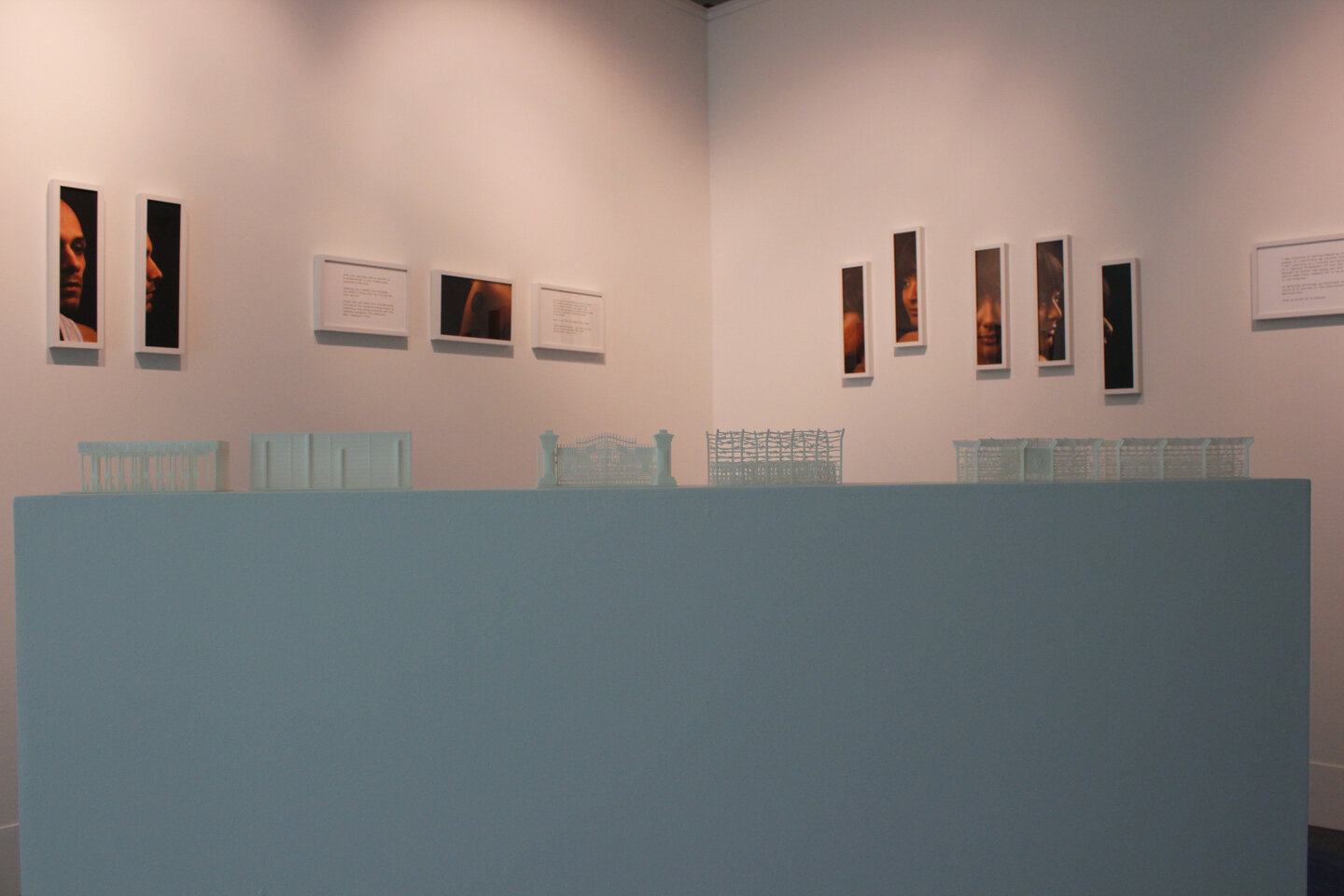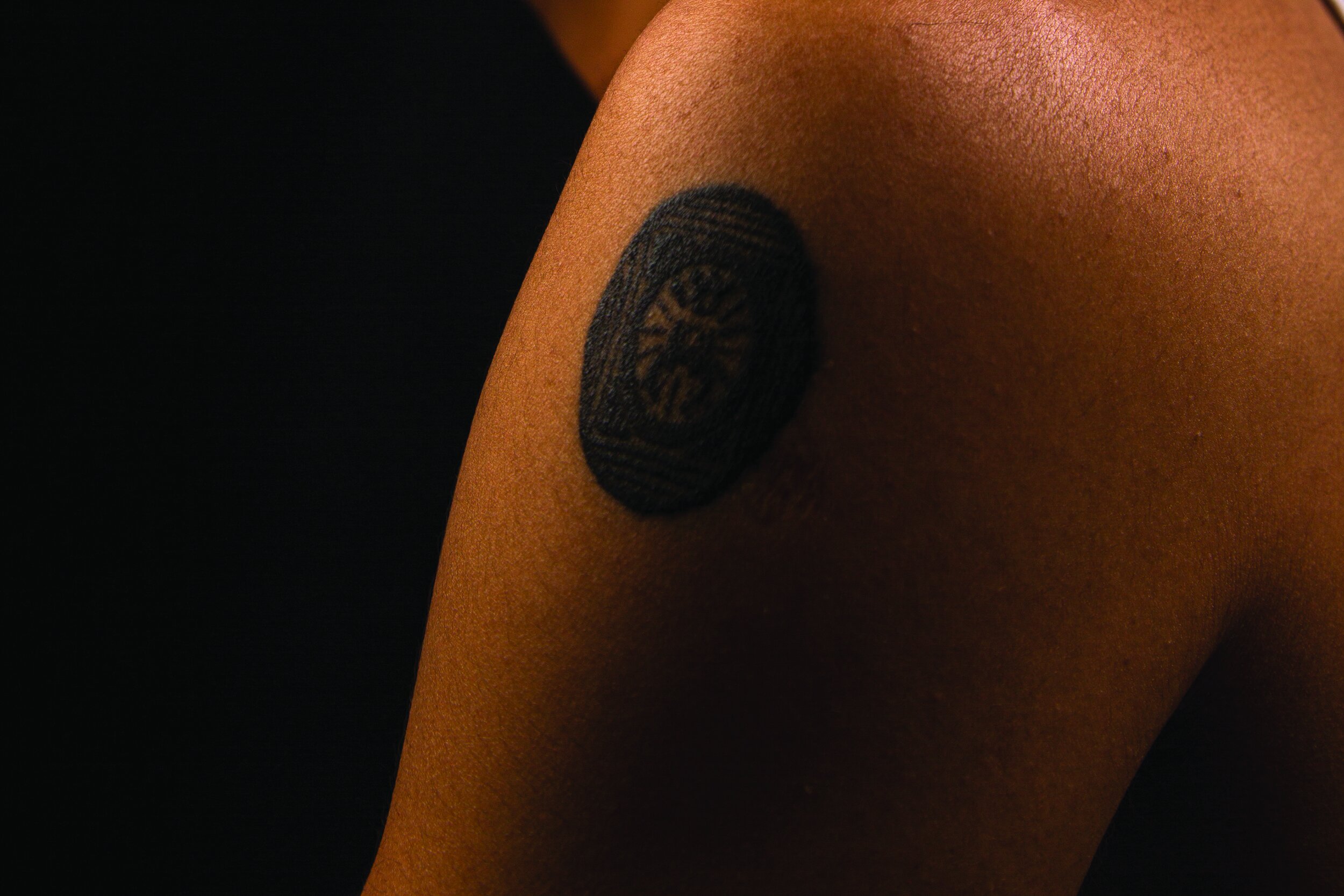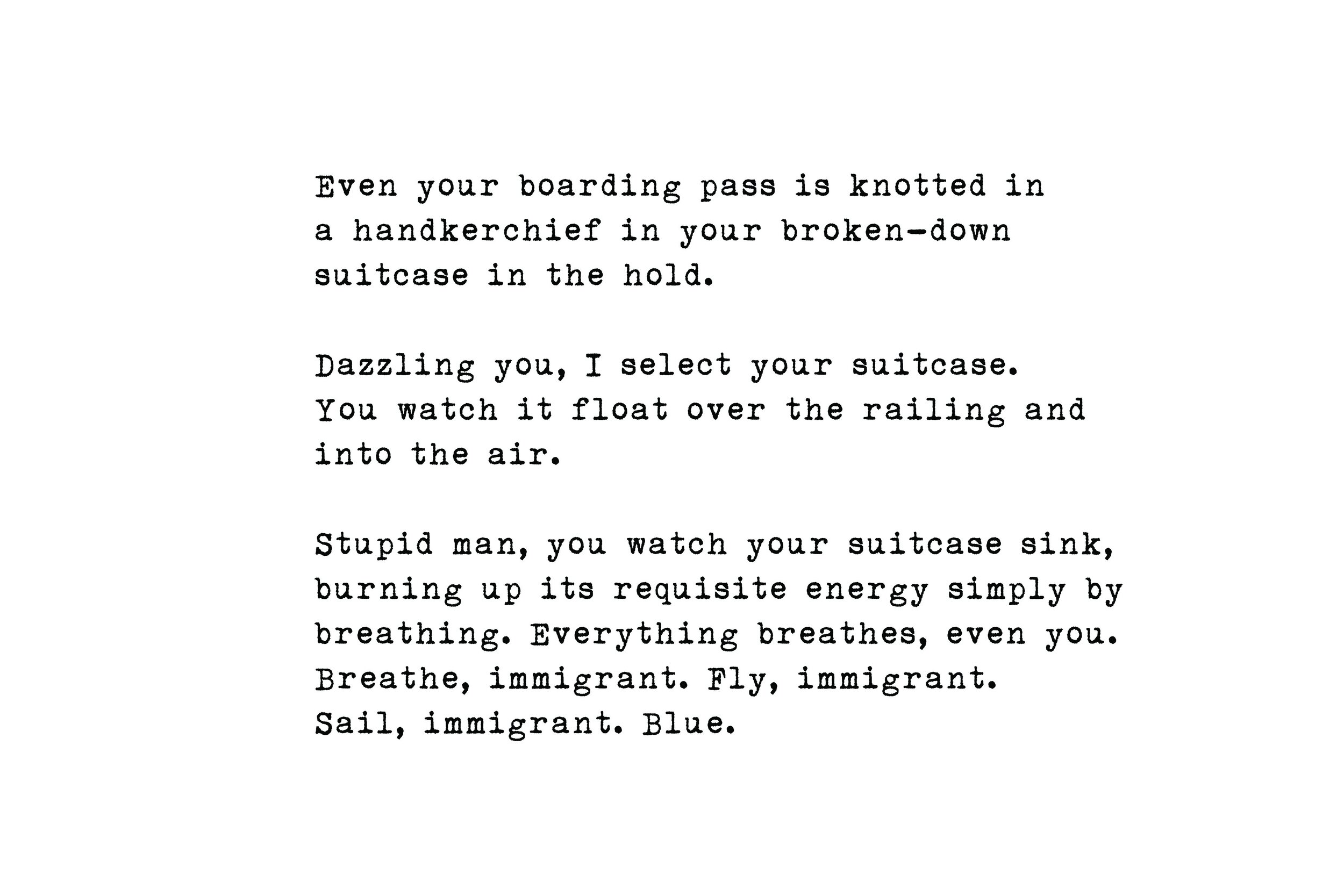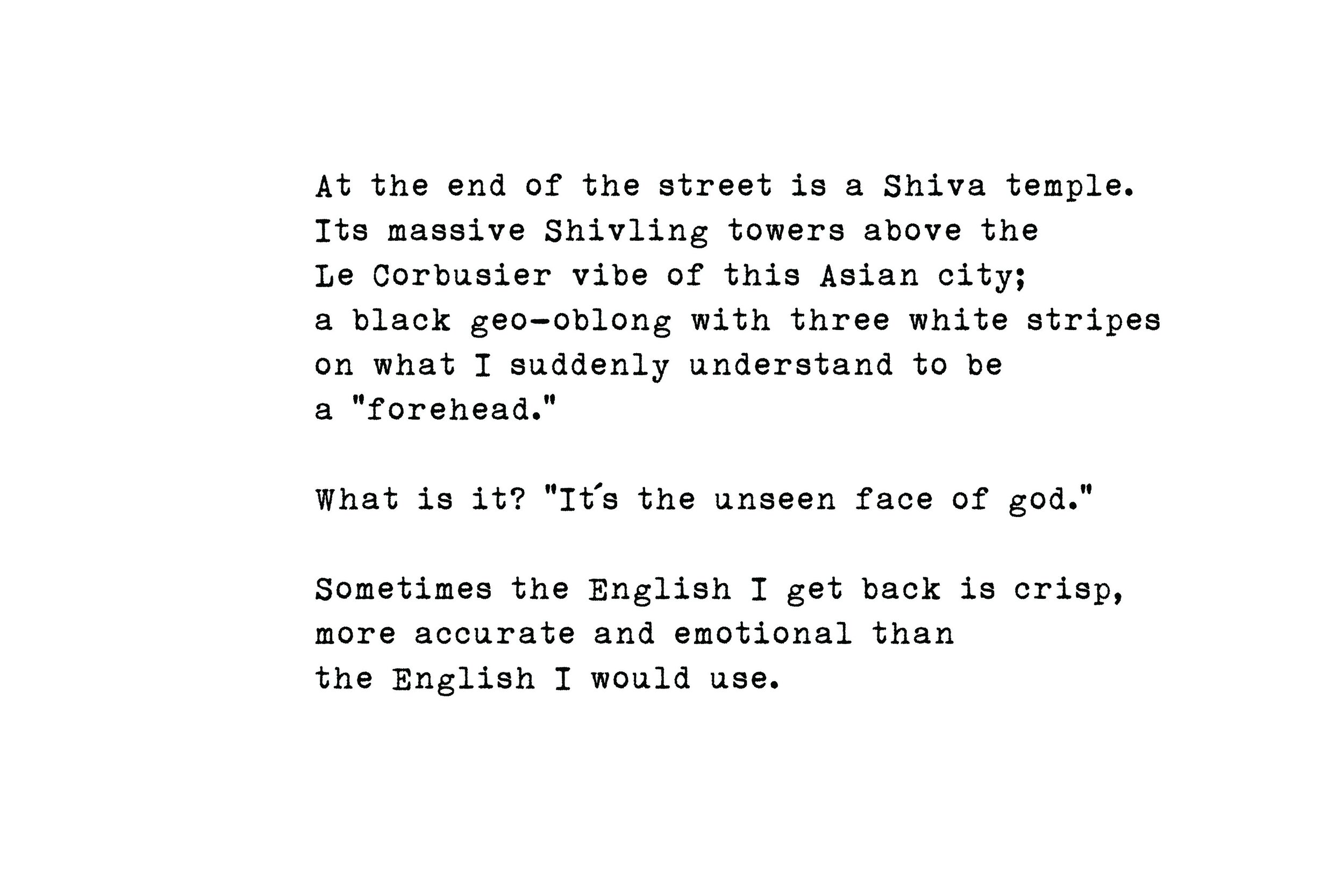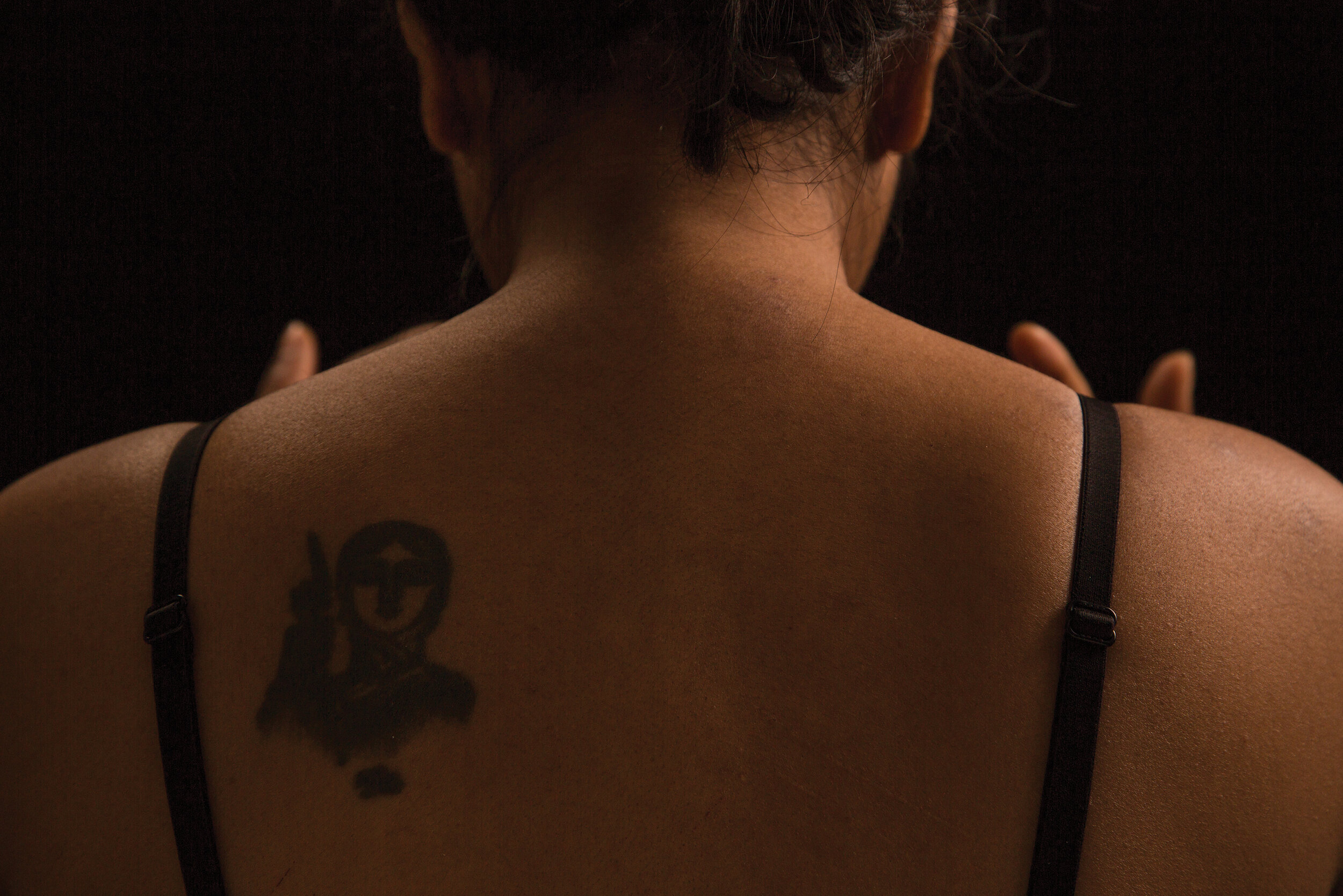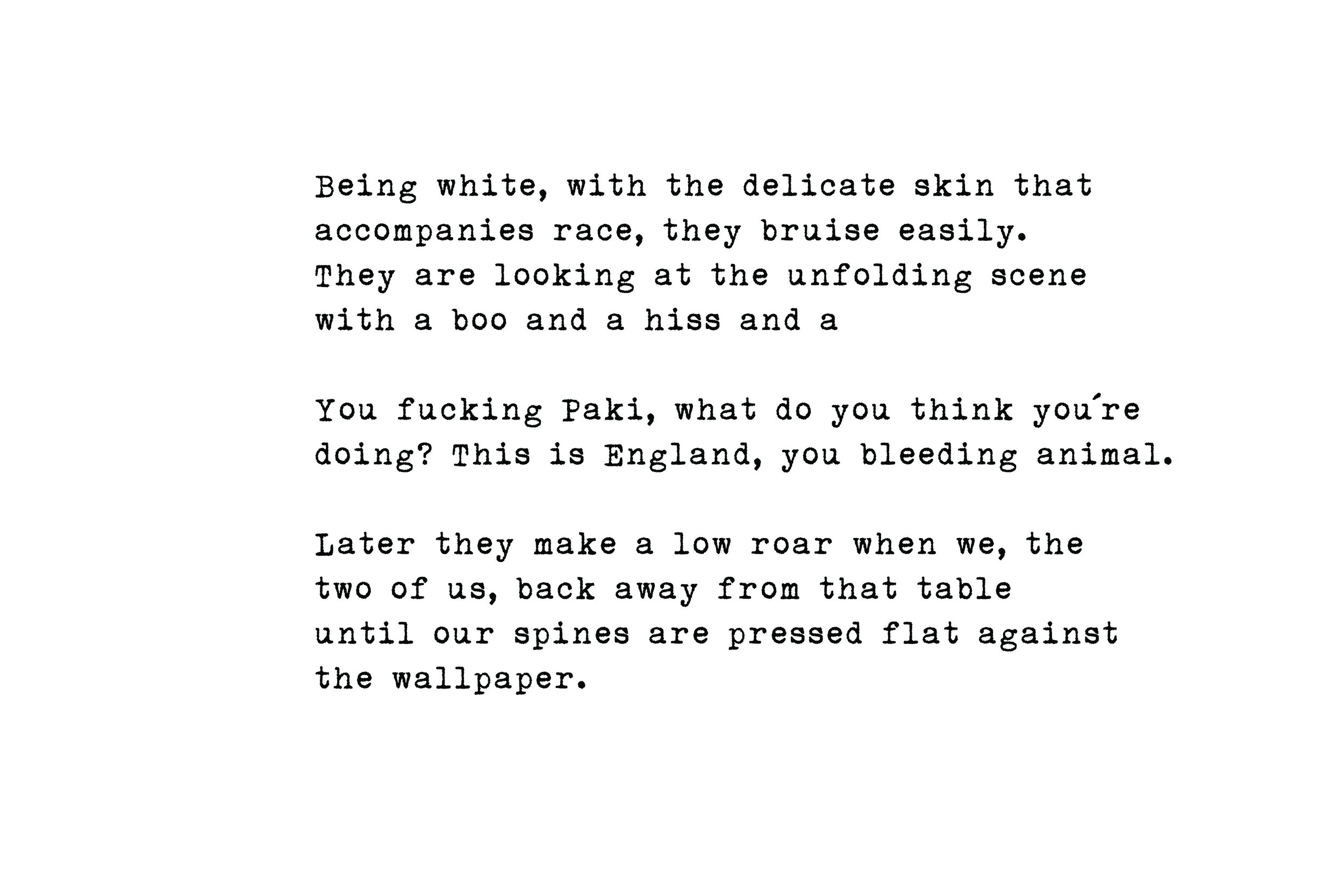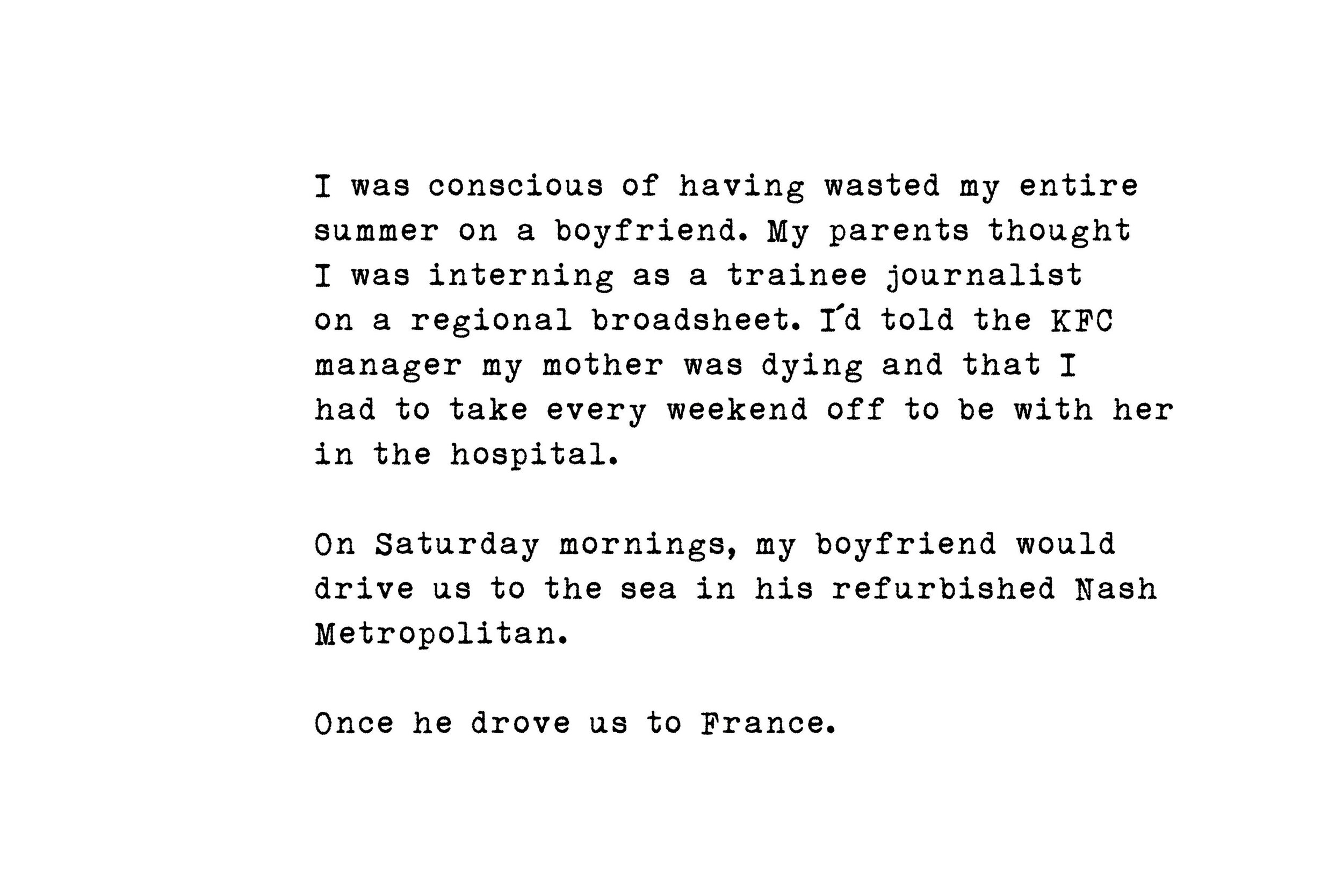SCHIZOPHRENE (AFTER BHANU KAPIL) [2014]
In Saadat Hassan Manto’s Toba Tek Singh, an unhinged Bishan Singh speaks in a concocted pidgin mix of Urdu, Punjabi, and English: “Upar di gur gur di annexe di bedhiyana di moong di daal of di Pakistan and Hindustan of di durr phitey mun”, or “The inattention of the annexe of the rumbling upstairs of the dal of moong of the Pakistan and India of the go to bloody hell!”
Six decades after Manto, Bhanu Kapil sits in Colorado and weaves a twisted skein that swallows partition then, border crossing now, and mental illness within a timeless immigrant womb– the schizophrene of her title. There is a great deal of snow all around. When her big book on partition fails (don’t we all carry such failures inside our hearts?), she hurls the manuscript into the garden, where it sinks under the powder. Like photographs destroyed by Dhaka’s omnivorous fungus, the notes are recovered a season later, in chrysalis form and about to burst into poesy.
Bishan Singh tried to lie down between barbed wire fences, declaring allegiance to neither side. Within this century, such possibilities for defiance have been steadily whittled away. The panopticon of the US-Mexico border evokes a science-fiction dystopia, where only your mind jumps over walls, while your body stays with you. On the India Pakistan border, the Wagah gate ceremony is a peacock dance with specially recruited “taller than average” guards. On the even more fortified India-Bangladesh fence (uneasy lie the ghosts of 1971), the body of Felani lies hanging from barbed wire. In Dhaka, a group of black-hats hack Indian websites, with the slogan “Felani noi, jhulche Bangladesh (Not only Felani, all of Bangladesh is hanging)”
Felani is also slang for that which is to be disposed. Household garbage.
In Harlem this winter, Tanwi points at her faded tattoo and laughs, “That’s what we do in ‘the west,’ we get a tattoo that fades.” It is the iconic woman-and-gun poster drawing from 1971, but you really have to squint hard to make it out. Shamsul’s one (a meditating man) is even more faded, slightly bent from being put on his tika mark.
That is another sign of having grown up “elsewhere,” a vaccine scar that is a little larger than usual.
